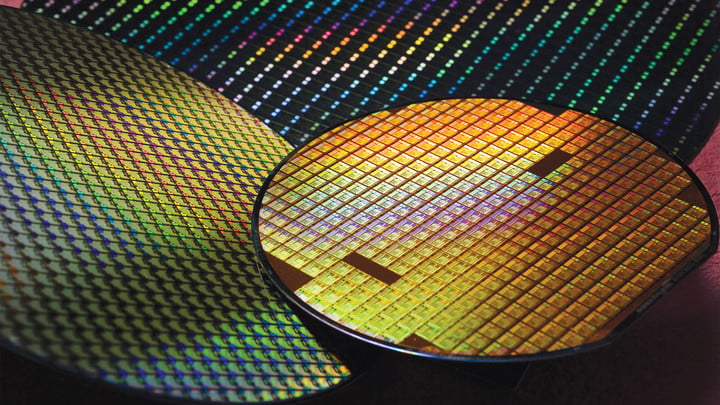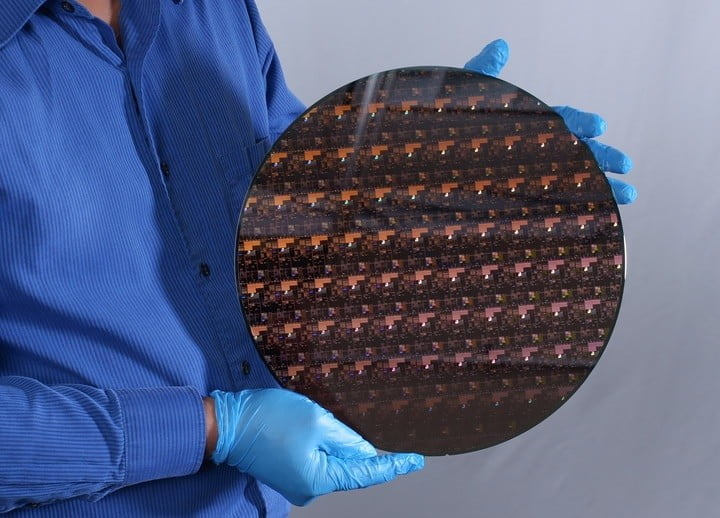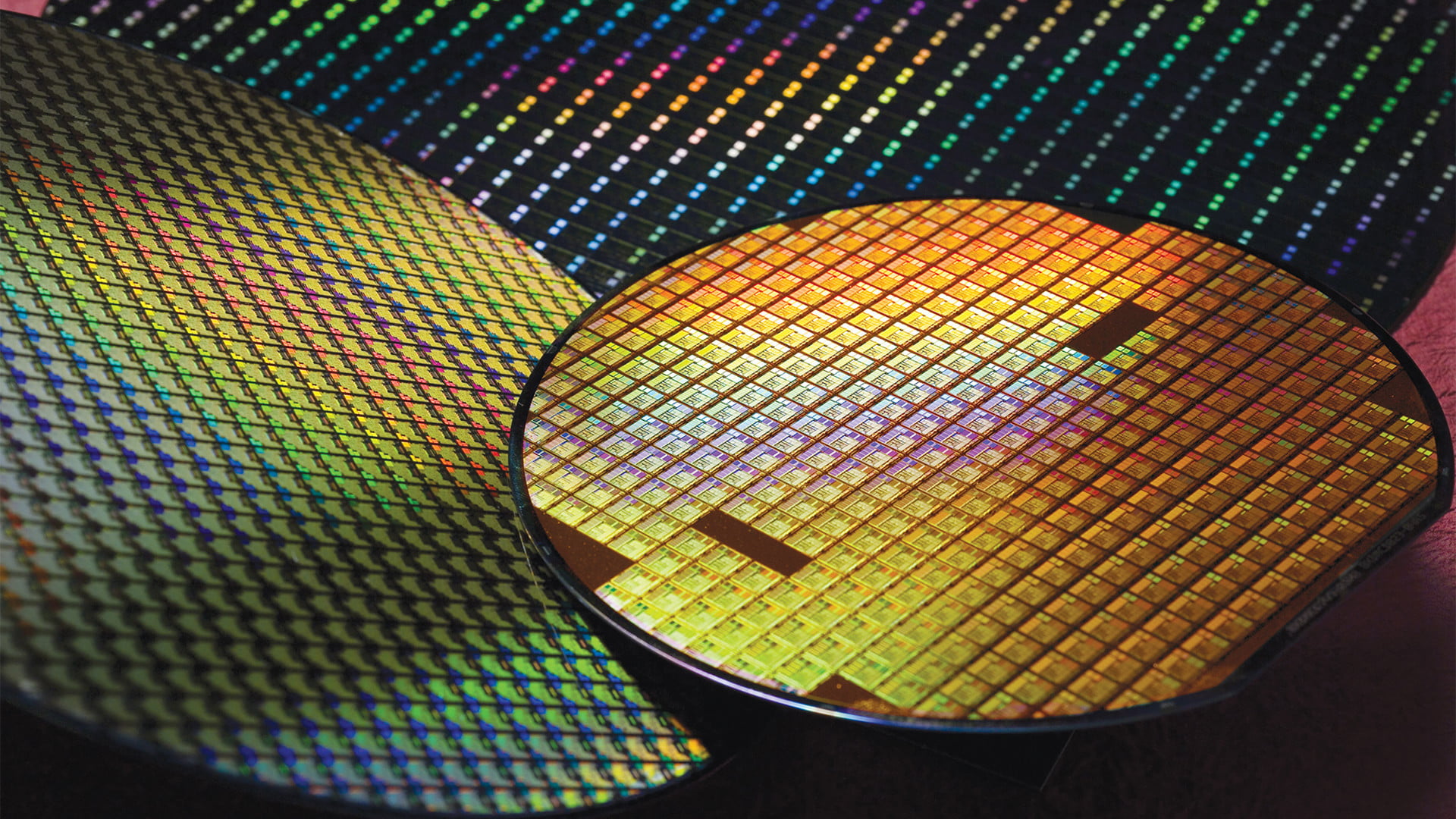Global semiconductor foundry TSMC has just confirmed that its production of the 2-nanometer process node is on track. This means that computer chips with yet unseen power are on the horizon.
According to the current estimates, chips based on 2nm architecture will enter mass production in 2025.

The information comes from C.C. Wei, chief executive of the Taiwan Semiconductor Manufacturing Company (TSMC), and was disclosed during an earnings call. TSMC first confirmed that it’s been working on a 2nm process node in 2020, but it kept the details pretty scarce. This time, the company divulged a bit more about the node’s architecture and shared new updates on the planned road map.
A good amount of technical information was shared as part of the earnings call. The new N2 node will rely on gate-all-around (GAA) transistors, which marks a change from its current Fin Field-Effect Transistor (FinFET) structure. The nodes will continue being fabricated based on extreme ultraviolet (EUV) lithography.
Such technical details may not mean much to most end users, but TSMC hasn’t shared much in the way of expectations where performance is concerned. However, it’s not the first foundry to work on a 2nm process, and some of its competitors have already made some serious headway. IBM unveiled its first 2nm chip last year.
IBM’s breakthrough was significant. The manufacturer said that using its 2nm process, it was able to fit a massive 50 billion transistors into a fingernail-sized chip. That’s 20 billion more than the 5nm process had when IBM announced it in 2017.

All of the big manufacturers are slowly making their way toward smaller and smaller process nodes. Switching from 7nm to 5nm, and in the future, from 5nm to 3nm, will bring significant upgrades in terms of performance and thermals. Smaller transistors use less power, take up less space, and push the performance ceiling up as more cores can be stacked in a smaller chip.
The information was first shared by Tom’s Hardware. TSMC has consistently delivered process node upgrades around once every two years, with enhanced and customized versions of already existing nodes launching in between. This time around, it seems to have hit a bit of a delay. Wei confirmed that while the “progress is to our expectation,” the risk production will only begin around the end of 2024. Then, the chips will enter high-volume production (HVM) in 2025, probably around the second half of the year, or even the end of it.
Switching to 2nm could result in performance we can’t imagine in consumer computers with today’s hardware, but we will have to wait. Although the chips are on track to start being mass-produced in 2025, it’s unlikely that we will see them in our PCs sooner than the second half of 2026. It’s a long road before the 2nm process is included in products that make it to market.
